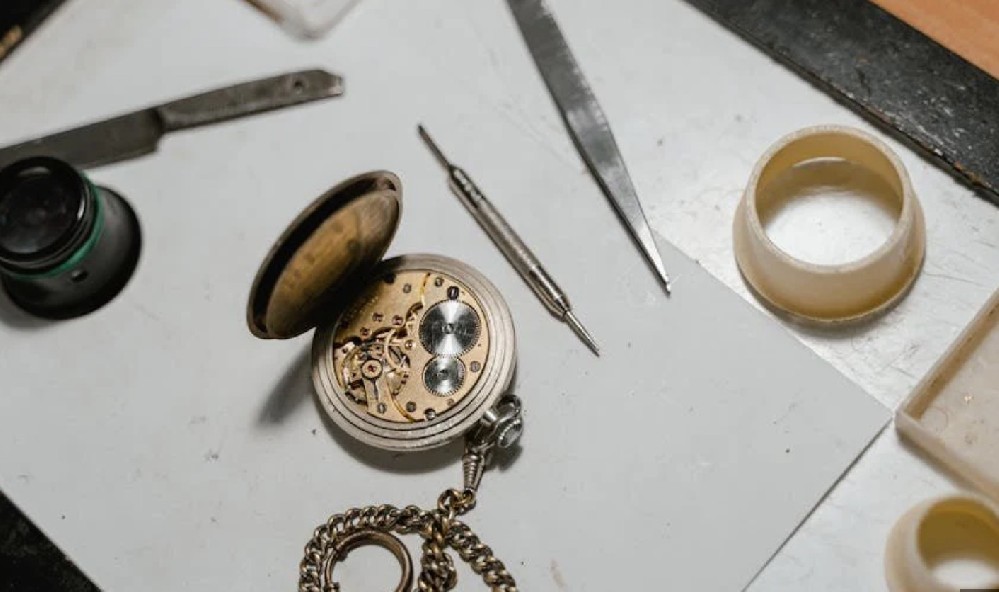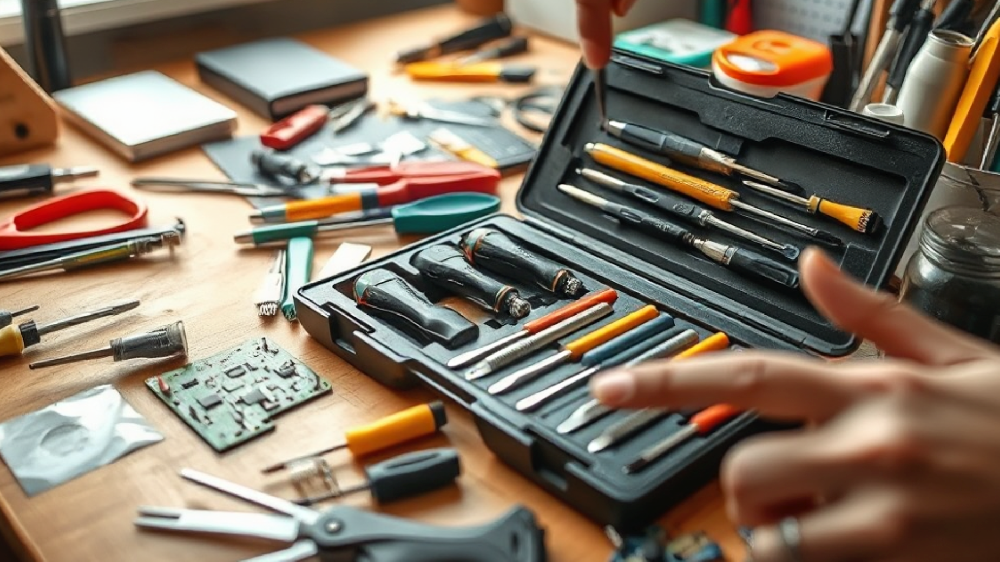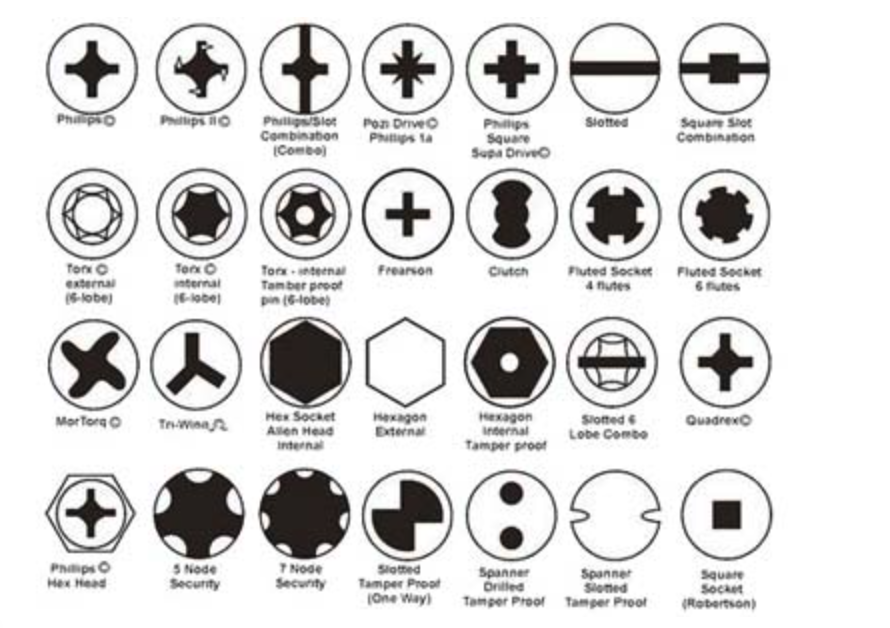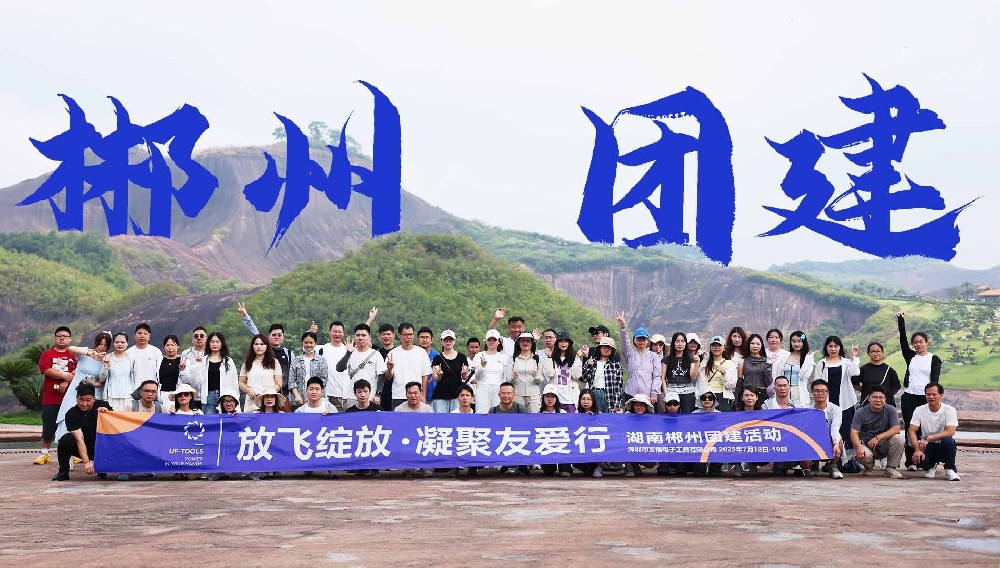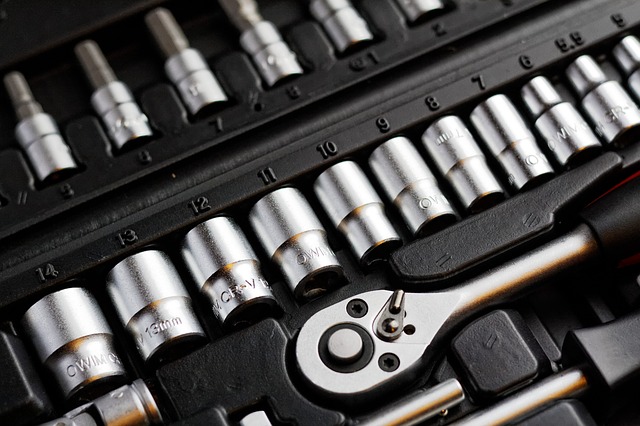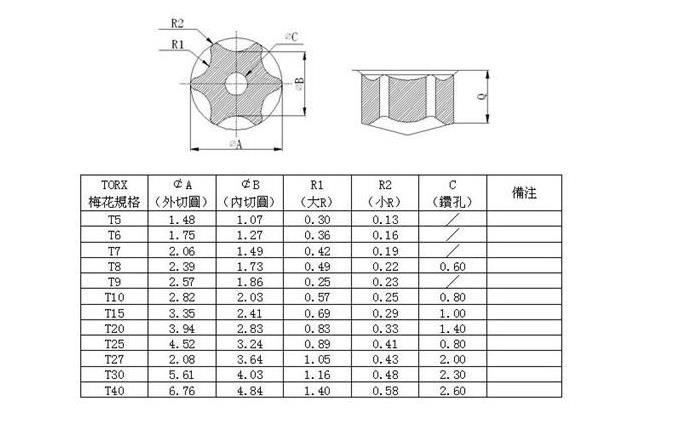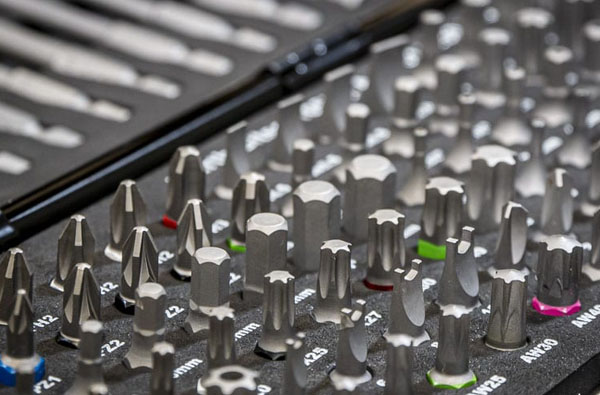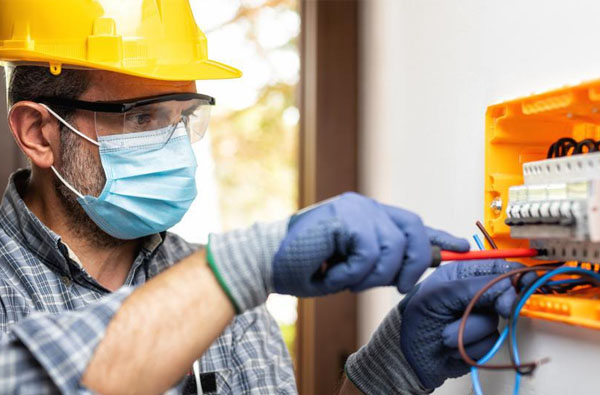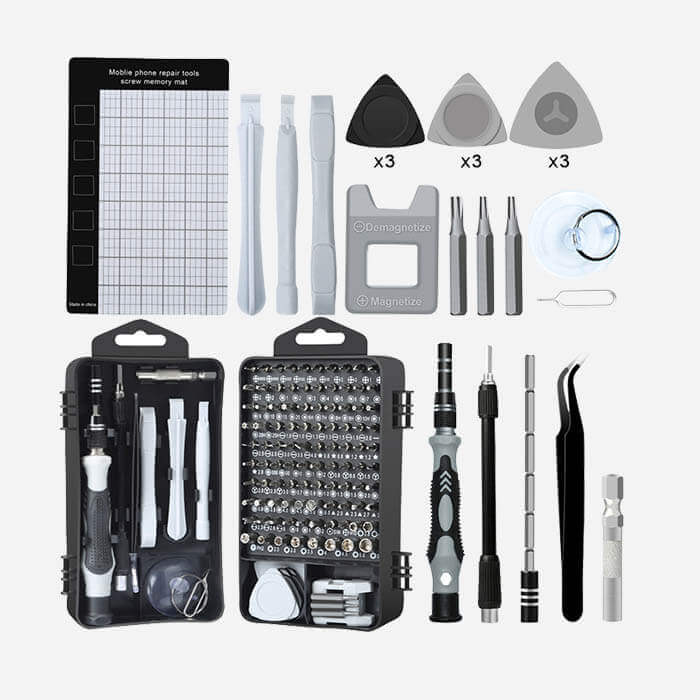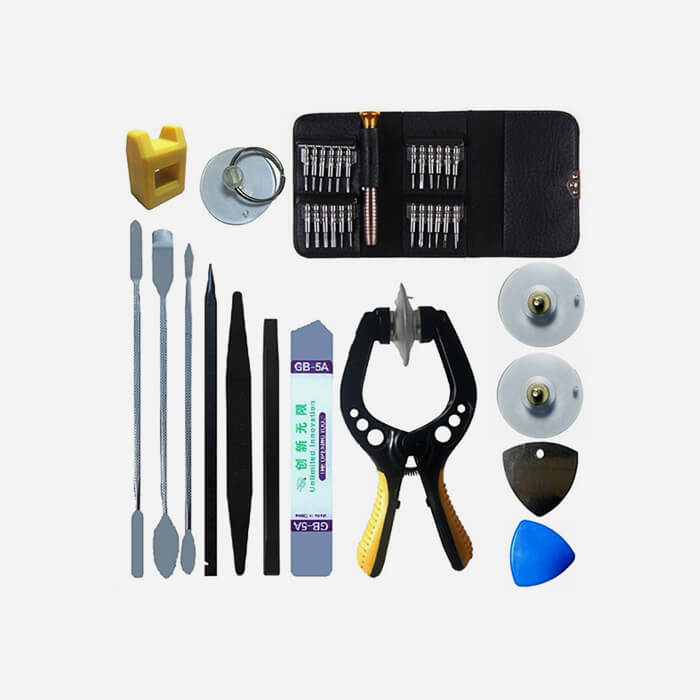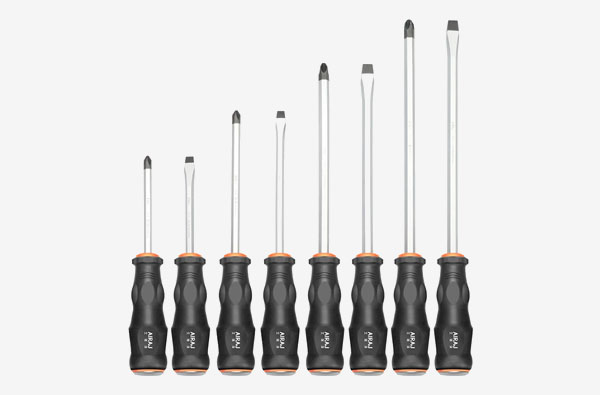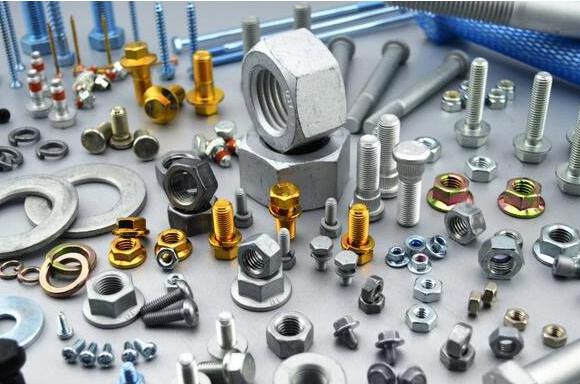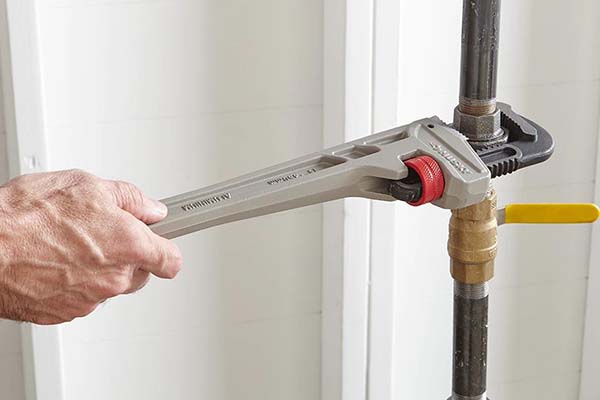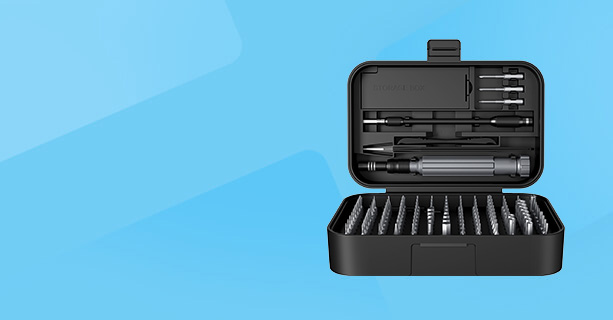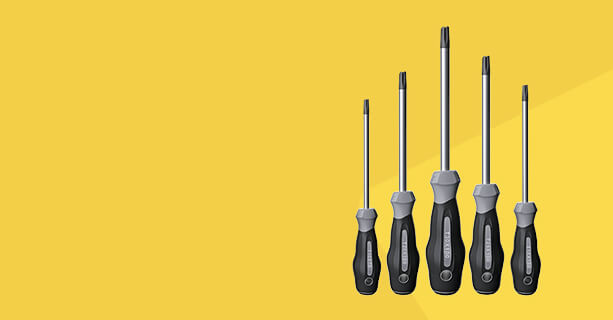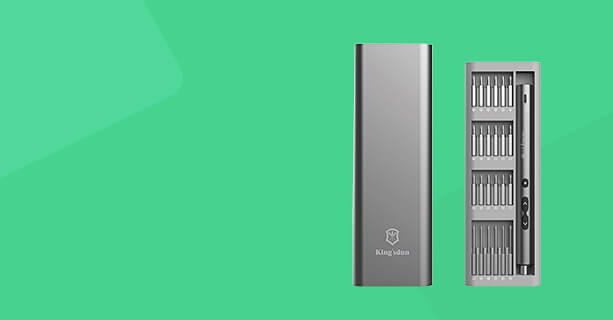Socket Size Charts and PDF from Smallest to Largest
Using a wrench can be accessible when you need to tackle jobs in your shed or around the home. However, when you have many varying sizes to work on, you can quickly overload your portable workbench.
Choosing socket sets that display all the sockets in order from smallest to largest isn’t the full story. You need to consider if you are working with SAE and metric nuts and bolts. Besides, you have different drive sizes so some socket drives won’t fit with individual sockets.
Here you can find all you need to know to make sure you are using the right socket wrench sizes, and you have the correct drive size to match.
Most Common Drive Sizes
The drive on your socket wrench is the square section sitting on the ratchet. Certain sizes accept a varying number of sockets that can be either metric or SAE.
You tend to find three standard sizes, although there are others available.
1/4” Drives: You find these used for low-torque work and are usually for smaller-sized sockets possibly up to around 14mm as a maximum.
3/8” Drives: You find these as the most versatile as they can cover big sockets to cover areas from jobs around the home to your car and many others.
1/2” Drives: Usually in use for more substantial jobs on vehicles where the nuts are more substantial and need more torque. You find them in use for 19mm socket size and above.
Types of Sockets
While you have a large number of metric and SAE standard socket size, you can have differing wrenches to use these.
With the following wrenches, you can see why they quickly become some of the more popular tools you can keep in the shed.
Impact Sockets
Many people have hand tools, and many sockets, unfortunately, don’t work with these. Impact sockets are made in such a way they work with these other tools. A prime example is an electric or pneumatic impact wrench.
If you use these, you will need socket sets built to withstand these higher torques. Such sockets will be made to be more robust than your conventional sockets.
Point Sockets
A 12-point socket is convenient and easy to use. You can slip it over the hardware in any one of 12 positions, which makes it easier to align.
While 12-point sockets are well suited for most light and household tasks, six-point sockets, on the other hand, have been chosen for more significant hardware situations that require substantial torque.
Six points have a lower chance of slipping in this situation. It is thought a six-point socket will be more durable than a 12-point because its inner walls are set against all six sides of the hardware.
Shallow vs. Deep Sockets
Conventional shallow sockets may not touch a nut or bolt before the top of the stud or bolt hits the top of the socket dimensions, or you are working in a confined space. Spark plug sockets are a good example, as are some wheel nuts.
Socket Size Charts
In the following charts, you can find the sockets sizes in order for metric sockets, and SAE socket size.
Metric Socket Sizes Chart
1/4” Drive | 3/8” Drive | 1/2” Drive | 3/4” Drive | 1” Drive |
4mm | 5.5mm | 8mm | 19mm | 36mm |
4.5mm | 6mm | 9mm | 20mm | 38mm |
5mm | 7mm | 10mm | 21mm | 41mm |
5.5mm | 8mm | 11mm | 22mm | 46mm |
6mm | 9mm | 12mm | 23mm | 50mm |
7mm | 10mm | 13mm | 24mm | 54mm |
8mm | 11mm | 14mm | 25mm | 55mm |
9mm | 12mm | 15mm | 26mm | 58mm |
10mm | 13mm | 16mm | 27mm | 60mm |
11mm | 14mm | 17mm | 28mm | 63mm |
12mm | 15mm | 18mm | 29mm | 65mm |
13mm | 16mm | 19mm | 30mm | 67mm |
14mm | 17mm | 20mm | 31mm | 70mm |
15mm | 18mm | 21mm | 32mm | 71mm |
19mm | 22mm | 33mm | 75mm | |
20mm | 23mm | 34mm | 77mm | |
21mm | 24mm | 35mm | 80mm | |
22mm | 25mm | 36mm | ||
26mm | 38mm | |||
27mm | 40mm | |||
28mm | 41mm | |||
30mm | 42mm |
SAE Socket Sizes Chart
1/4” Drive | 3/8” Drive | 1/2” Drive | 3/4” Drives | 1” Drives |
5/32" | 1/4" | 3/8" | 7/8" | 1-5/8" |
3/16" | 5/16" | 7/16" | 15/16" | 1-11/16" |
7/32" | 3/8" | 1/2" | 1" | 1-3/4" |
1/4" | 7/16" | 9/16" | 1-1/16" | 1-13/16" |
9/32" | 1/2" | 19/32" | 1-1/8" | 1-7/8" |
5/16" | 9/16" | 5/8" | 1-3/16" | 2" |
11/32" | 5/8" | 21/32" | 21/32" | 2-1/8" |
3/8" | 11/16" | 11/16" | 1-5/16" | 2-3/16" |
7/16" | 3/4" | 3/4" | 1-3/8" | 2-1/4" |
1/2" | 13/16" | 25/32" | 1-7/16" | 2-3/8" |
9/16" | 7/8" | 13/16" | 1-1/2" | 2-1/2" |
15/16" | 7/8" | 1-5/8" | 2-5/8" | |
1" | 15/16" | 1-11/16" | 2-3/4" | |
1" | 1-3/4" | 2-15/16" | ||
1-1/16" | 1-13/16" | 3" | ||
1-1/8” | 1-7/8” | 3-1/8” | ||
1-3/16" | 2" | |||
1-1/4” | 2-1/8” | |||
1-1/2" | 2-3/16" | |||
2-1/4” |
Socket Conversion Size Chart
Here you can find the socket sizes in order from the smallest to the largest you are most likely to use in the home or on your vehicle (and a complete socket set).
You can quickly use the conversion chart to check your metric socket size against your SAE socket size and vice versa.
SAE to Metric Conversion Chart
SAE Sizes | Metric Sizes | Similar Socket Sizes |
5/32” | 5/32” and 4mm are almost the same | |
4mm | 5/32” and 4mm are almost the same | |
4.5mm | ||
3/16” | ||
5mm | ||
5.5mm | ||
7/32” | ||
6mm | ||
1/4” | ||
6.5mm | ||
7mm | ||
9/32” | ||
5/16” | 5/16” and 8mm are almost the same | |
8mm | 5/16” and 8mm are almost the same | |
11/32” | ||
9mm | ||
3/8” | ||
10mm | ||
13/32” | ||
11mm | 7/16” and 11mm are almost the same | |
7/16” | 7/16” and 11mm are almost the same | |
15/32” | 15/32” and 12mm are almost the same | |
12mm | 15/32” and 12mm are almost the same | |
1/2” | ||
13mm | ||
17/32” | ||
14mm | ||
9/16” | ||
15mm | 19/32” and 15mm are almost the same | |
19/32” | 19/32” and 15mm are almost the same | |
5/8” | ||
16mm | ||
21/32” | ||
17mm | ||
11/16” | ||
18mm | ||
23/32” | ||
19mm | 3/4” and 19mm are almost the same | |
3/4” | 3/4” and 19mm are almost the same | |
20mm | ||
13/16” | ||
21mm | ||
27/32” | ||
22mm | ||
7/8” | ||
23mm | 29/32” and 23mm are almost the same | |
29/32” and 23mm are almost the same | ||
29/32” | ||
15/16” | ||
24mm | ||
1” |
You will find this socket size chart more useful because if you use a non-metric socket on nuts of around 14mm, 17mm, or larger, which needs some force, you can quickly round off the corners, and you are stuck with a nut you can’t remove. (Read Hex Size Chart)
Once you glance down the list of socket sizes in order, you can see there are quite a considerable number of differences, and only a few can use interchangeable sockets from either SAE or one that is metric. You’ll even find out what comes after 7/8 or the 10-millimeter socket equivalent.
What are the 3 types of sockets?
Three types of sockets are supported:
Stream sockets allow processes to communicate using TCP. A stream socket provides a bidirectional, reliable, sequenced, and unduplicated flow of data with no record boundaries. ...
Datagram sockets allow processes to use UDP to communicate. ...
Raw sockets provide access to ICMP.
How do you read socket sizes? Socket set sizes
These are always given in imperial measurements, and will usually be either 1/4", 3/8", 1/2", 3/4" or 1". The size of the socket head (the part that fits over or into a fastener). Usually, the smaller the drive socket size is, the smaller the socket head size will be, and vice versa.
Why do sockets have 3 holes?
Three-pin plug and socket
In a three-pin plug, the top pin is for earthing, the pin on left is for life and the pin on the right is for neutral. In a socket, the upper big hole is for earthing, the hole on the right is for the live wire connection and the hole on the left is for the neutral wire connection.
If you are looking for a professional screwdriver manufacturerto customize your precision screwdriver set, feel free to contact us today! We provide high-quality, customizable toolsfor various repair needs.
BECOME A WHOLESALE PARTNER
Get 10% off on orders over 500 units. We offer exclusive B2B pricing, OEM packaging, mixed batch support, and fast global delivery. Partner with a trusted screwdriver manufacturer to boost your margins.


